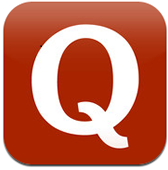|
NeuroClick is a program that emulates mouse clicks with eye blinks using the NeuroSky MindWave headset. The source code (C) can be found below; most parts come from the example provided with the API. Ca. 90% accurate, due to the NeuroSky MindWave API which misses around 10% of eye blinks. It was tested on Windows 7 x64 with multiscreen and should work on any Windows. |

|
|
Sferes2 is a framework for evolutionary computation (EC) experiments and especially for evolutionary robotics (ER). Its main goal is to help researchers in EC and ER to efficiently try new ideas. Sferes2 has been inspired by sferes, another (older and no more maintained) framework for ER. |
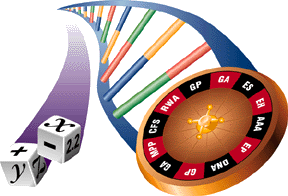
|
|
Sikuli is a visual technology to automate and test graphical user interfaces (GUI) using images (screenshots). Sikuli includes Sikuli Script, a visual scripting API for Jython, and Sikuli IDE, an integrated development environment for writing visual scripts with screenshots easily. Sikuli Script automates anything you see on the screen without internal API's support. You can programmatically control a web page, a Windows/Linux/Mac OS X desktop application, or even an iphone or android application running in a simulator or via VNC. |
|
MoinMoin is an advanced, easy to use and extensible WikiEngine written in Python (vs. PHP for MediaWiki). Said in a few words, it is about collaboration on easily editable web pages. This simple macro allows you to include Vimeo videos. Official page (with source code). |

|
|
Source: https://github.com/FrankyRP/planet-wars This bot was ranked amongst the top 10%. |
Demo |
Website: http://www.wiki4games.com/Boggler
Download: Binaries for Windows (English) | Binaries for Windows (French)
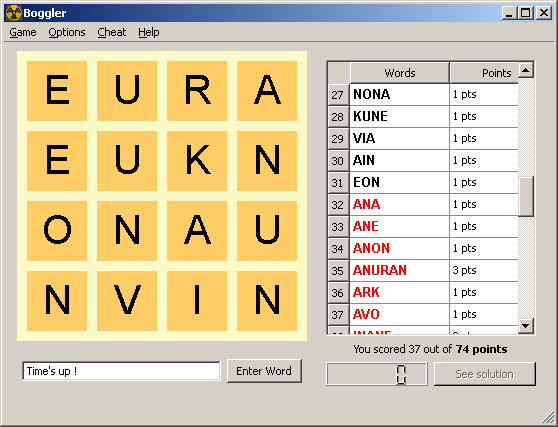
|
W4G Rating Bar is a MediaWiki extension which provides a page rating system. The rating bar can be either manually included on pages, using a parser function ({{#w4grb_rate}}), or automatically added at the bottom of all pages, by setting $wgW4GRB_Settings['auto-include'] to true. Various top-lists can then be generated. Website: http://www.mediawiki.org/wiki/Extension:W4G_Rating_Bar |
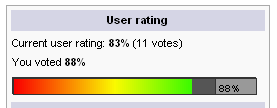
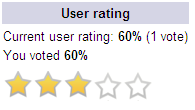
|
|
Nim is a mathematical game of strategy in which two players take turns removing objects from distinct heaps. On each turn, a player must remove at least one object, and may remove any number of objects provided they all come from the same heap. Nim is usually played as a misère game, in which the player to take the last object loses. It was probably the first ever electronic computerized game (1952), three engineers from the W.L. Maxon Corporation developed a 50-pound machine which played Nim against a human opponent and regularly won. You can find more details on this game on http://en.wikipedia.org/wiki/Nim. Download: Binaries for Windows |
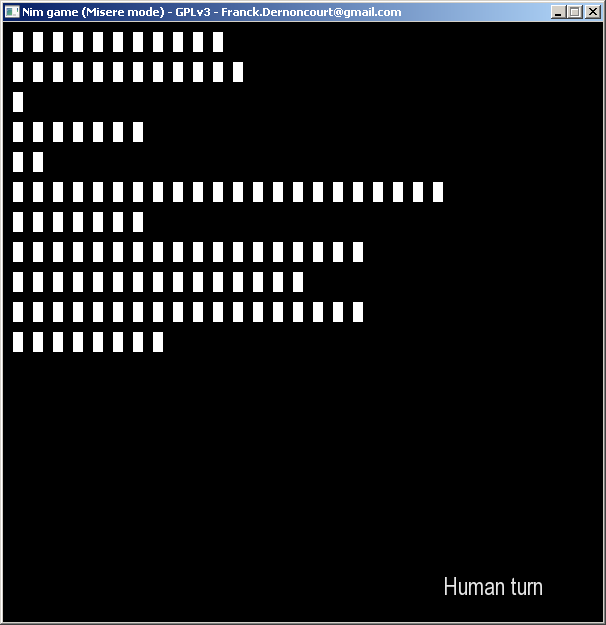
|
|
The goal of this game is to arrive at a chosen number (from 101 to 999) using the four basic arithmetic operations (+, -, × and ÷) applied to six numbers chosen randomly from the following alternatives: 1 to 10; 25; 50; 75; 100 (each number is drawn from the entire set, so the same number may appear more than once). Once these six numbers are selected, a three-digit target number is generated. The player has to combine the numbers arithmetically with the goal of producing the target number. He may use each of the six numbers originally selected once, and the result of each operation performed with them once – for example, if a contestant multiplies 4 by 25 to obtain 100, he or she may no longer use the 4 or 25, but may use the 100 in further calculations. It's not mandatory to use all the numbers. All numbers used must be integers. You can find more details on this game on http://en.wikipedia.org/wiki/Des_chiffres_et_des_lettres. Example: Numbers given : 8 — 4 — 4 — 6 — 8 — 9 Target number : 594 8 + 8 = 16 16 × 4 = 64 6 - 4 = 2 64 + 2 = 66 66 × 9 = 594 Download: Binaries for Windows |
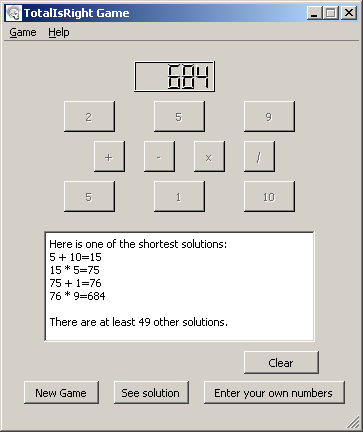
|
|
Sudoku is a logic-based, combinatorial number-placement puzzle. The objective is to fill a 9×9 grid with digits so that each column, each row, and each of the nine 3×3 sub-grids that compose the grid (also called "boxes", "blocks", "regions", or "sub-squares") contains all of the digits from 1 to 9. The puzzle setter provides a partially completed grid, which typically has a unique solution. You can find more details on this game on http://en.wikipedia.org/wiki/Sudoku. Download: Binaries for Windows |
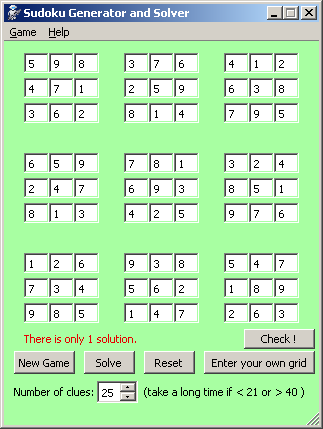
|
|
Tic-tac-toe, also called wick wack woe (in some Asian countries) and noughts and crosses (in the UK, Australia, New Zealand, South Africa, India and the rest of the British Commonwealth countries), is a pencil-and-paper game for two players, X and O, who take turns marking the spaces in a 3×3 grid. The X player usually goes first. The player who succeeds in placing three respective marks in a horizontal, vertical, or diagonal row wins the game.
You can find more details on this game on http://en.wikipedia.org/wiki/Tic-tac-toe. The following example game is won by the first player, X: 
Download: Binaries for Windows |
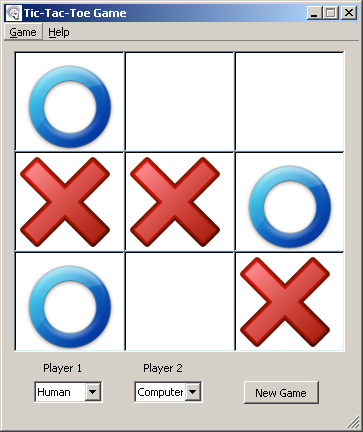
|



